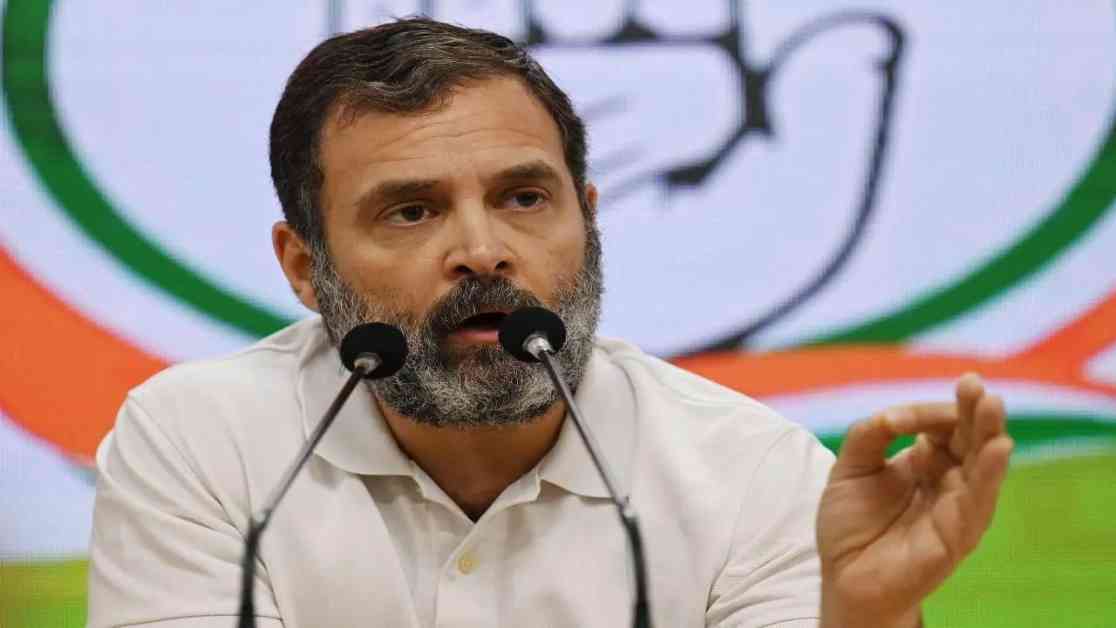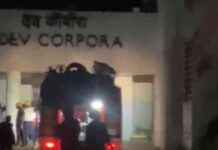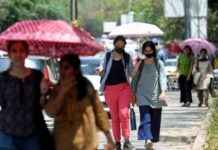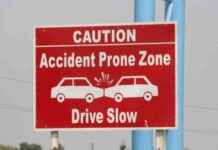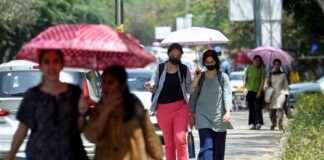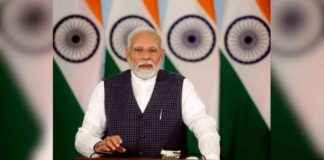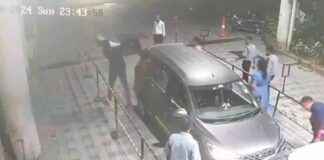Leader of the Opposition (LoP) in the Lok Sabha, Rahul Gandhi, recently spoke out about the Bandra stampede, calling it a stark example of India’s failing infrastructure. He emphasized the need for world-class infrastructure that prioritizes public safety and local needs, rather than just focusing on inaugurations and publicity.
Gandhi referenced the Balasore train accident from last year, which claimed 300 lives, to highlight the consequences of neglecting public infrastructure. He also mentioned the collapse of the Chhatrapati Shivaji Maharaj statue, pointing out that such incidents reflect a lack of respect for public safety and proper maintenance.
According to the Chief Medical Officer (CMO) of Bhabha Hospital, 10 people were injured in the Bandra stampede, with five admitted for treatment. Three have been discharged, while two with serious injuries were transferred to KEM Hospital for further care. The stampede occurred on Platform 1 as a crowd gathered for the Bandra-Gorakhpur Express.
In response to the incident, Western Railway Chief Public Relations Officer (CPRO) Vineet Abhishek mentioned the measures taken by the railways to ensure passenger safety during festive periods. Despite the additional ticket counters, increased staff deployment, and safety protocols in place, the unfortunate incident still occurred.
Shiv Sena spokesperson Anand Dubey criticized the government for the diminishing value of life in Maharashtra and held Union Railway Minister Ashwini Vaishnaw, who is also the BJP’s Maharashtra in-charge, accountable for public safety lapses.
Rahul Gandhi stressed the importance of an effective and transparent system dedicated to public service and building a strong future for the country. He called for infrastructure development that not only meets international standards but also caters to the needs of the local population, facilitating business, travel, and safety.
Overall, the Bandra stampede serves as a somber reminder of the urgent need for comprehensive infrastructure improvements that prioritize public safety and well-being. It highlights the importance of proactive maintenance and investment in infrastructure to prevent such tragic incidents in the future.
